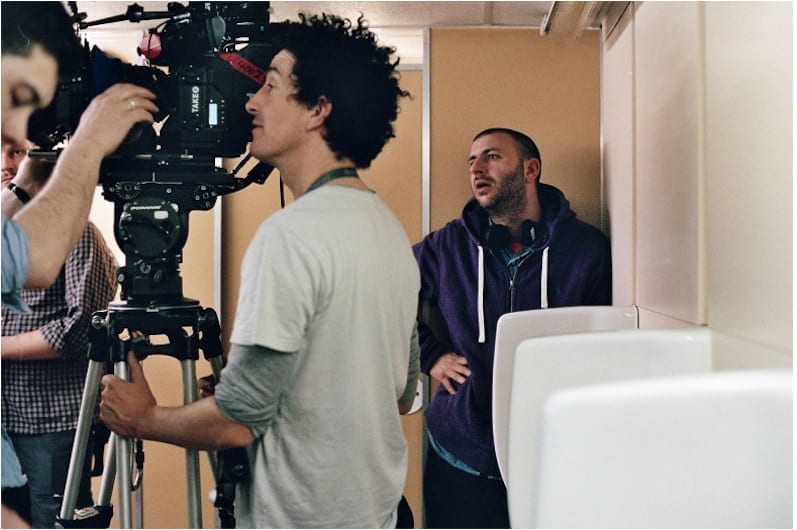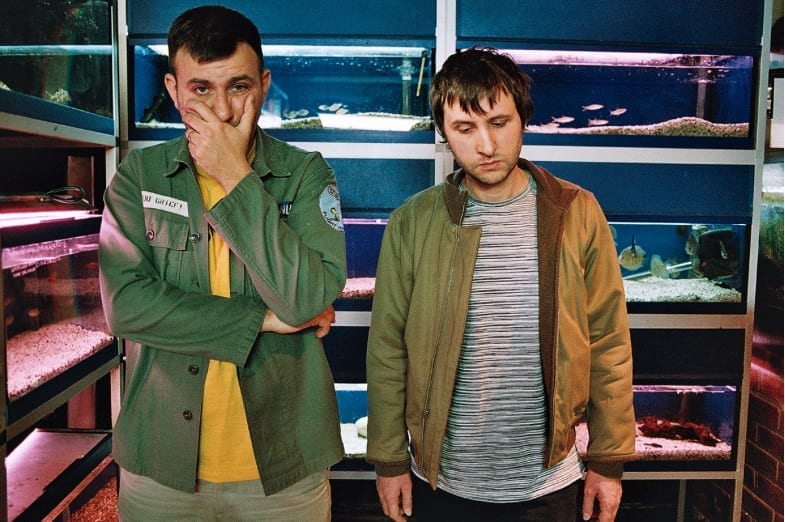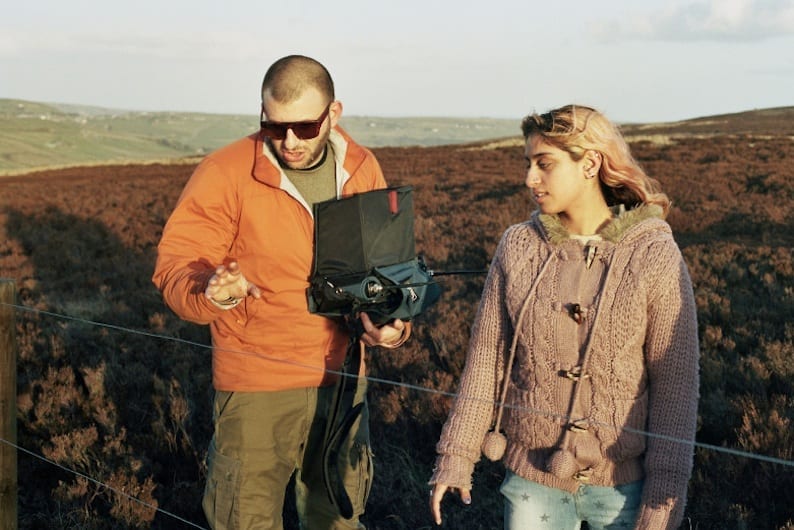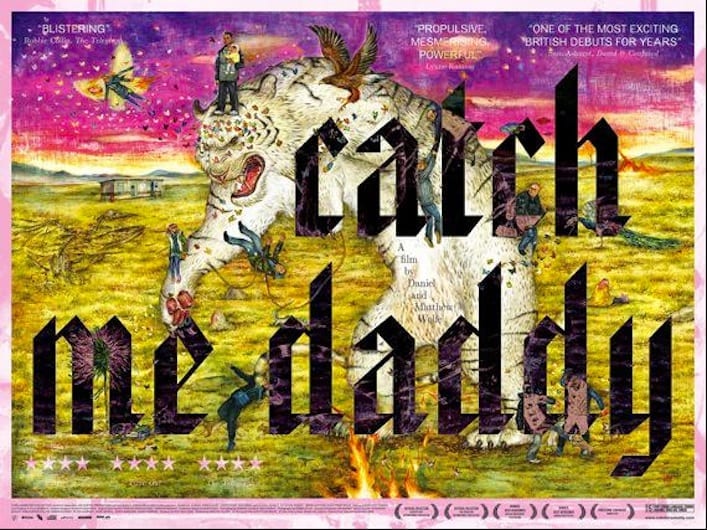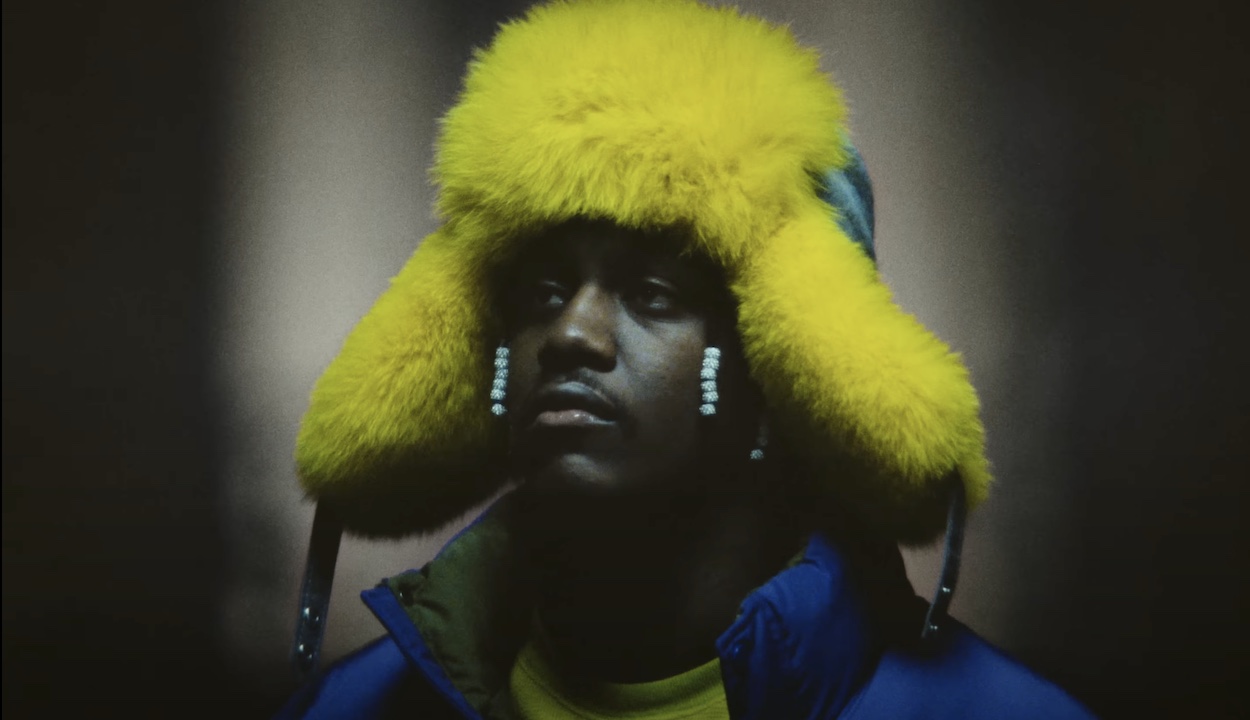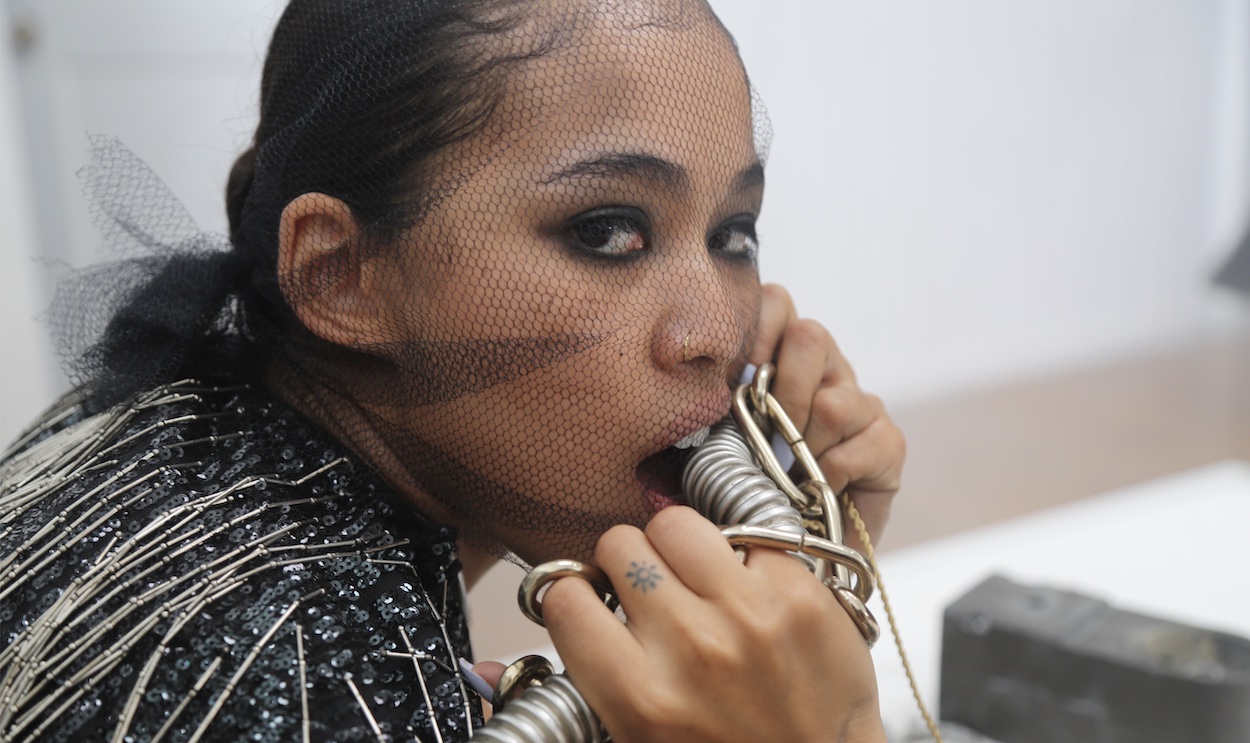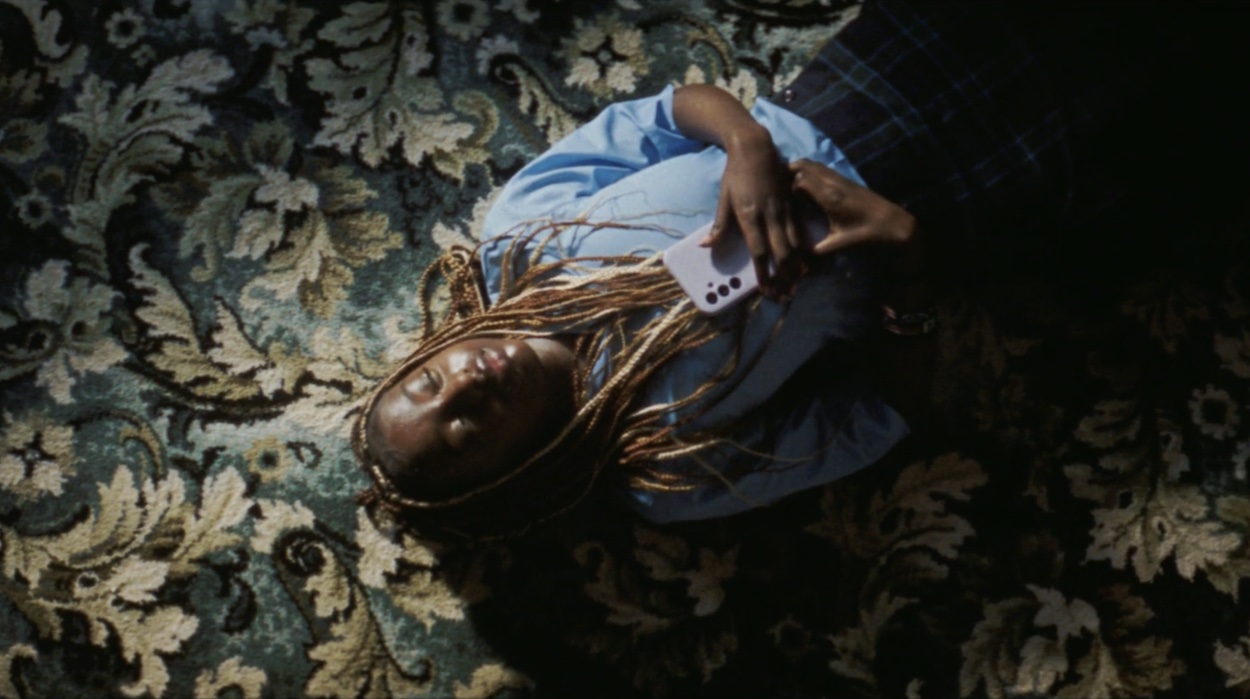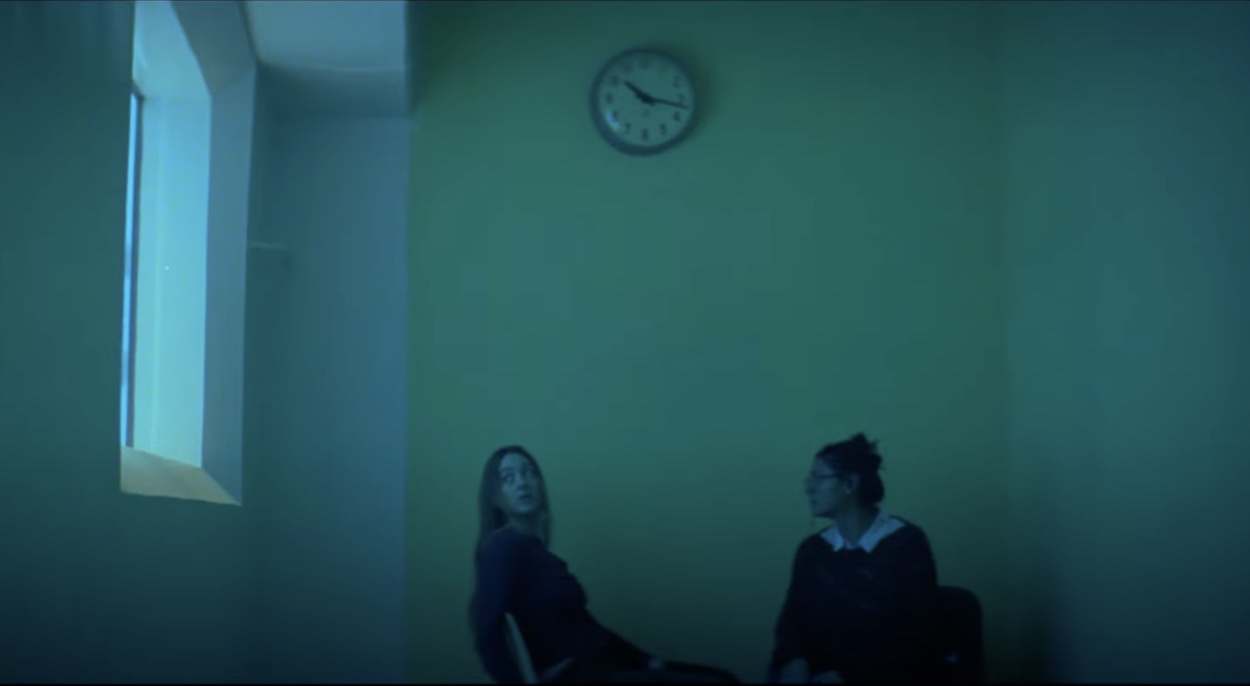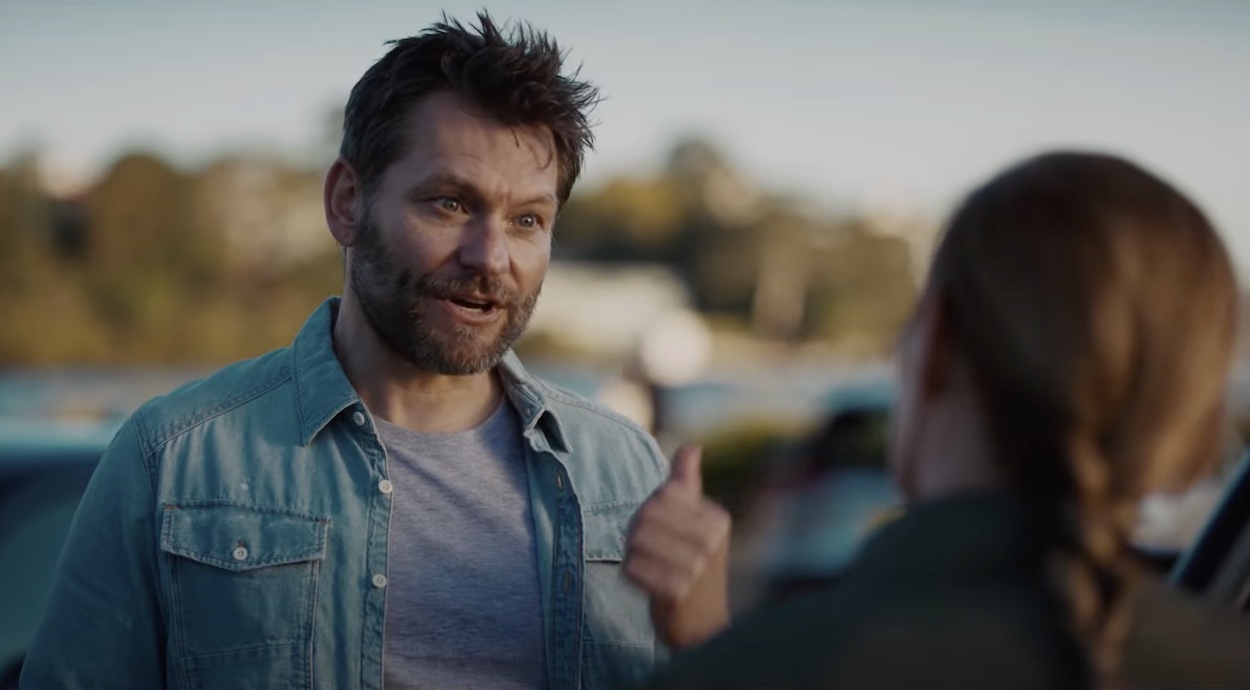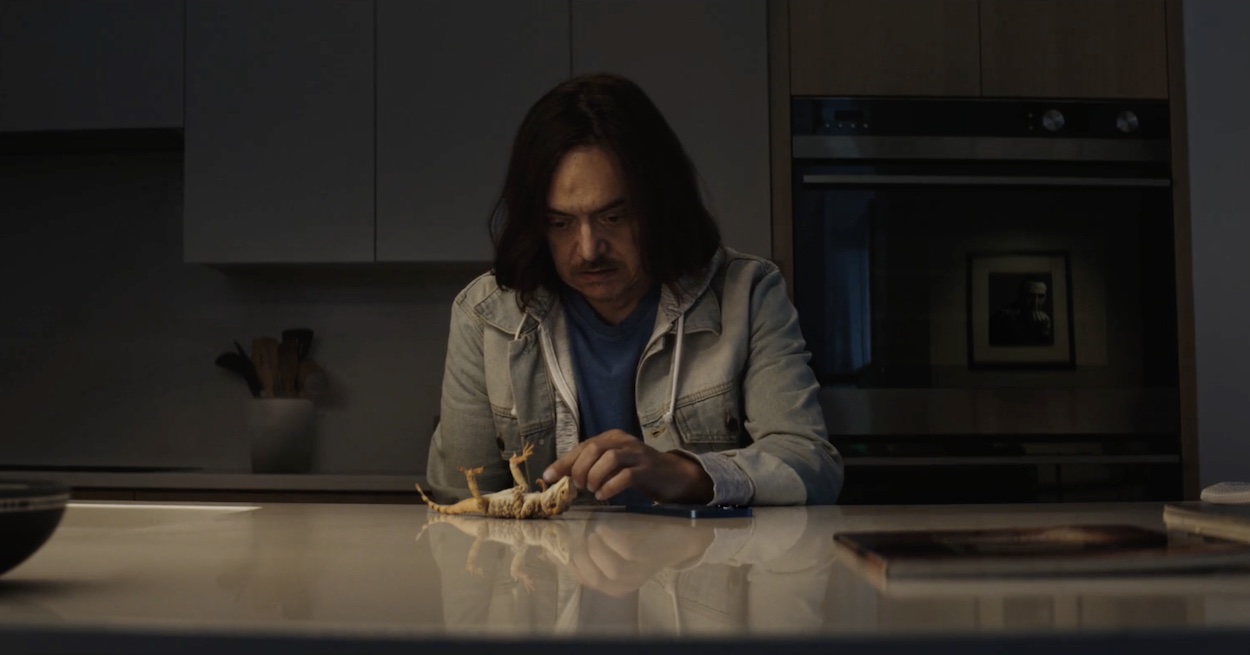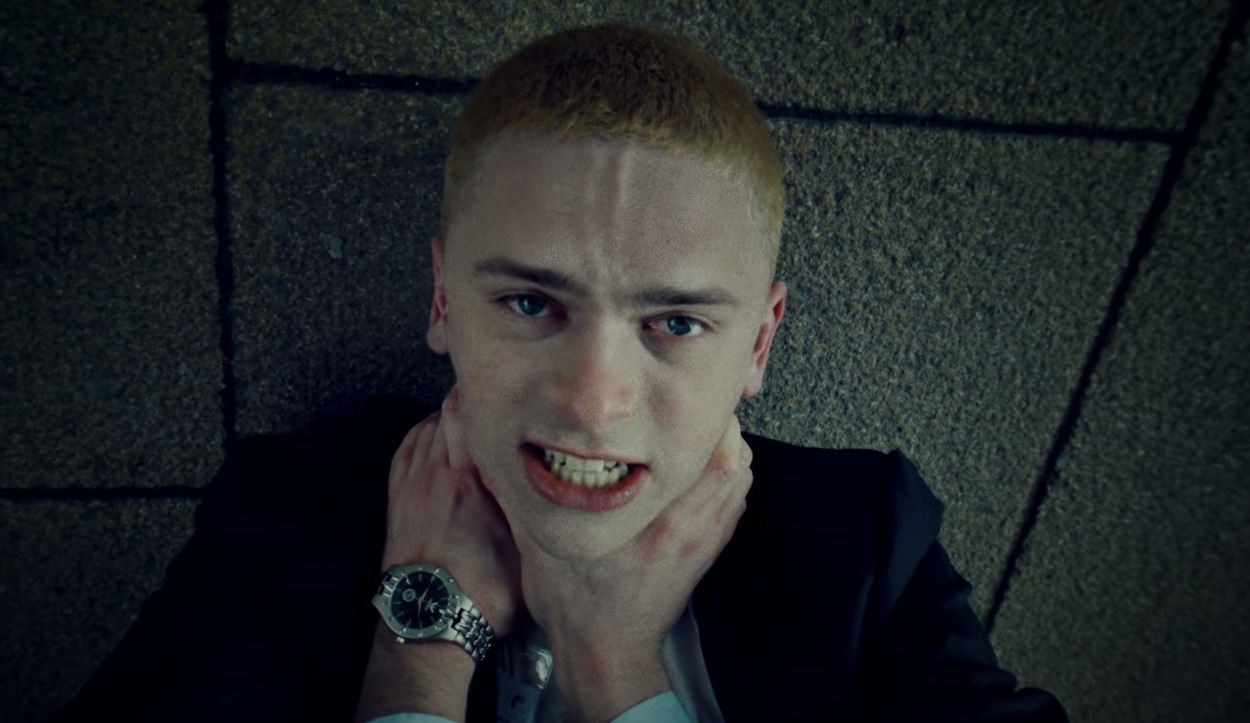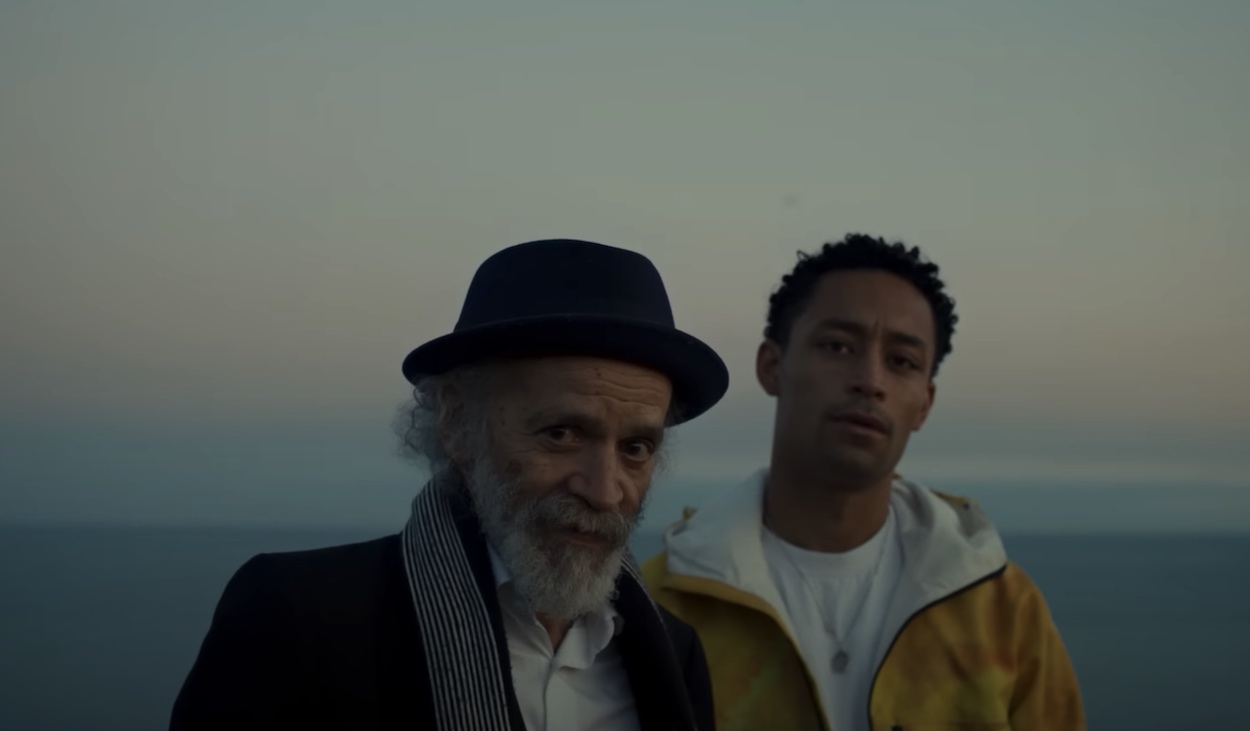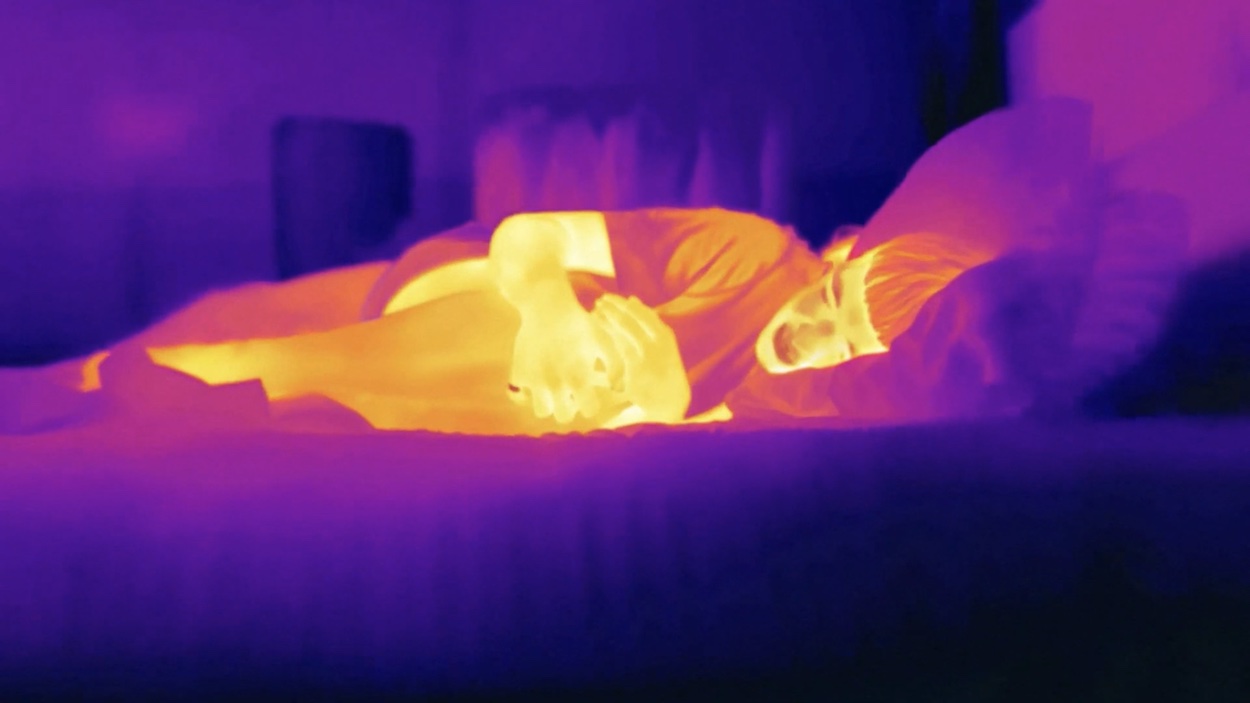Catch Me Daddy follows the fate of Laila a Pakistani girl forced into becoming a fugitive with her Northern white boyfriend. It’s a gripping honour-killing drug-fuelled love story set across the Yorkshire moors that explores the cultural politics of modern Britain.
The film’s central theme deals with tribal mores outside of your own. How did you gain access to this world and how did you and your co-writer brother Matthew go about researching the story?
We got in at grass roots level. Talking to people within the British Pakistani community. Girls who had been on the run. Girls who were in hiding. Guys who had been involved in looking for girls. But also crucially to people who had an opinion, a wide spectrum of people. This is a crime happening within the margins of society, so most people we came across had no connection. But they had a view. It’s not a subject that is easily understood academically; but we read every book and paper. And we engaged with the big honour crime charities.
Fundamentally though the film deals with human nature, that’s deeper than the mores. It’s an archetypal story: a father and a daughter, and their struggle for control and freedom.
Do you feel that looking in from the outside you see aspects of another culture that insiders are immune to?
No, but I think outsiders offer an interesting take on subjects.
What was your methodology for developing the script and the film language? For instance did you write copious notes and collect reference stills?
We spent months up North, staying in Yorkshire. Trekking the moors, trekking satellite towns. In snooker clubs, takeaways, pubs. Chatting. Photographing. Trekking. Listening to stories. Exploring the world. This was me, Matthew and George Belfield (who shot second unit). Then we created a huge document. A mood board. Of stills, of film grabs, of paintings, of newspaper cuttings…The tumblr represents this in a weird way: https://catchmedaddyfilm.tumblr.com
Were all elements of the craft of making the film completely locked down before you started shooting or was there some improvisation? Or put another way, did the expression of the actual production process change the nature of the film in anyway?
Some things were locked down. Some things loose. We storyboarded with Robbie Ryan the whole film, with the exception of a few scenes which we just knew we’d cover. George Belfield drew the boards. But this evolved and changed. You’ve got to be open on set for stuff not to work and to react, and to fix it or better it. To stay fluid.
The characters are gritty and real. What was your process for casting and where did you find the lead girl with those stunning eyes?
Extensive street casting across Lancashire and Yorkshire. From snooker clubs to shisha bars. Bare knuckle fights to nail salons.
For Sameena who plays Laila, Augusta Sakula Barry found her on her way home from work. She was interesting from the moment she got idented.
What was behind your choices of use sound effects of minutiae things and the sound scores, especially Laila’s fabulous dancing scene to the Patti Smith track?
The sound design is heightened. Tiny moments one notices. Like going from a wide shot to an extreme close-up. Zoning in and out of awareness.
When we wrote the script we felt it needed a dance scene, at the heart of the film. The Patti Smith track was always in our head for this.
Have you collaborated with your brother before on projects? How did your relationship work on Catch Me Daddy, for instance how would you arrive at creative solutions together?
We’ve always been close. We just talk things through and it works. We’re fortunate, that we both either agree or see the other side, and get to what’s true.
You also collaborated with your usual team of editors – Dominic Leung and Tom Lindsay at Trim – who you work with on music videos and commercials. How did the transition to longer format work between you? Was it a completely different process?
Dom and Tom have both worked in long form. As individuals they are amazing, as a team they’re ridiculous! The best. They interrogated the rushes. They were brutally honest, meticulous. Their styles of editing fused well. We cut at Trim and also at my house. I would cook and we’d sit around talking constantly; four opinions balanced out well. I could go on and on: they’re the best.
In some ways it’s a relief not to have closure. Did you try different scenarios in the edit and what was behind your decision to go with this particular end scene?
We knew it was right. In our gut. The image we kept coming back to was a father in a kitchen with his daughter. Just that, father and daughter – the absurdity, the pointlessness…yet the possibility for change. The simplicity of that image, yet the crippling complexity. A man imprisoned by his own narrative.
Likewise you’ve worked with the cinematographer Robbie Ryan before too. Is there a professional shorthand between you?
Yes, Robbie and I work well together. He understands what we want and brings a vital energy and vision to a scene. He’s just great basically, incredibly collaborative, and wise. His focus puller Andrew O’Reilly was brilliant, and Andy Cole a phenomenal gaffer. They are elite.
It would have been too relentlessly brutal to view if it had been shot in a stark hyper real way. Whereas the rich tones of the lighting, grade, and colour palette as well as the framing of intimate close ups of the characters with the sweeps of Yorkshire landscapes gives a visual poetry that allows the viewer to catch their breath. Is this the quality you and Robbie were after?
We shot 35mm which helps…and an amazing grade from Simon Bourne.
In the end, how did you maintain your stamina to finish the movie?
I feel alive on set. It was madness and intense, and exhausting. But we were with good people.
Is there another movie in the pipeline?
Yes. We’re developing a script at the moment. It’s set in China.

